French ground forces. Status and prospects
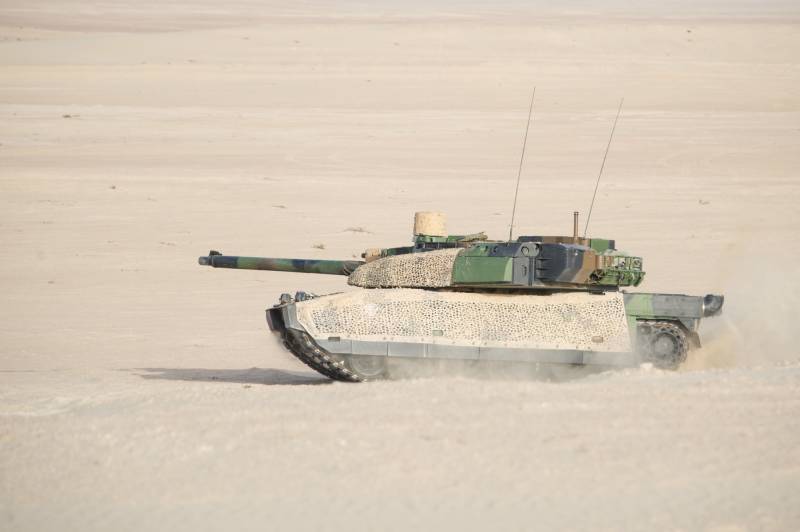
Leclerc tank during exercises abroad. Photo by the French Ministry of Defense
The French armed forces are among the largest and most developed in Europe. Their overall performance largely depends on their ground forces, which are also numerous and well-equipped. At the same time, programs for the further development of the army are drawn up and implemented, aimed at updating the material part, improving the organizational and staffing structure, etc. The first steps in these directions have already been taken and have given the desired results.
General indicators
Like other armies in the world, the ground forces are the backbone of the French armed forces. They protect the country's land borders, as well as display the flag and promote interests abroad. Due to the current politics of Paris, the latter function is of particular importance. Current strategies and doctrines provide for the independent operation of ground forces and interaction with foreign armed forces - mainly from NATO countries.
The ground forces are the most numerous component of the French Armed Forces. The total number of armed forces exceeds 200 thousand people, and approx. 115 thousand serve in the Army. The same applies to the reserve - out of more than 41 thousand reservists, approx. 25,75 thousand belong to the army.
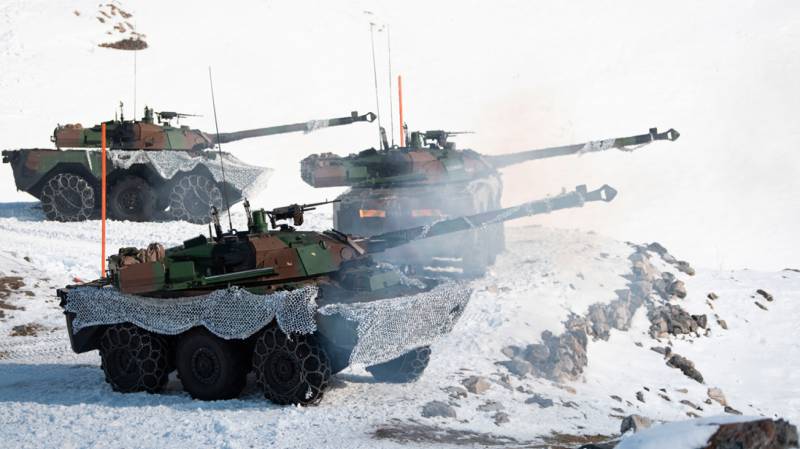
Wheel Tanks AMX-10RC. The French army plans to abandon them. Photo by the French Ministry of Defense
As the backbone of the French armed forces, the French Army makes a decisive contribution to its overall defense capability. In particular, this is reflected in the popular Global Firepower rating. This year, its authors put the French armed forces in 9th place. According to general indicators directly dependent on the army, they were considered third in Europe. Only the armies of Russia and Great Britain were located higher.
Army structures
At the very top of the organizational structure of the French ground forces is the main headquarters, headed by the commander. They are responsible for the overall coordination of the actions of all commands and components of the army, for the development of plans and strategies, operational control of troops, etc.
Several structures of different profiles are subordinate to the main headquarters. Various branches of troops and structures are controlled by the operational command, the command of the army aviation, Special Operations Forces Command, Territorial Defense Command and Foreign Legion Command. Also, under the command of the headquarters of the French Army, the French component of the headquarters of NATO's European Rapid Reaction Corps works.
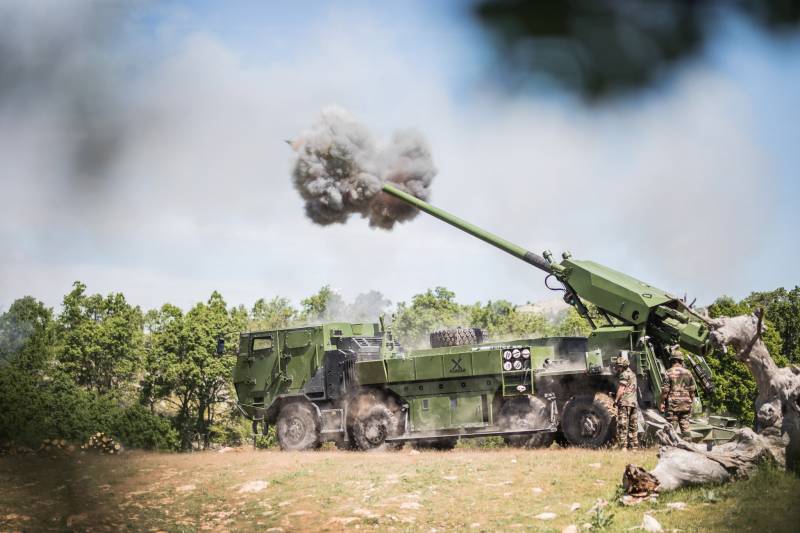
The CAESAR self-propelled howitzer has recently become the main self-propelled gun of the French army. Photo Nexter Systems
Various specialized centers, departments, etc. operate under the control of the main headquarters. These are the personnel department, technical center, equipment repair and maintenance service, troop inspection, etc.
Operational Command controls the 1st and 3rd Mechanized Divisions, the backbone of the ground forces. Also subordinate to him is the headquarters of the Army Rapid Reaction Corps, which manages the attached formations and units. In addition, the operational command includes the intelligence, communications, logistics, logistics and combat training commands.
The main forces of the Army include three tank brigades of varying composition, the French component of the Franco-German brigade, one light mountain brigade and three separate infantry regiments. There is also one brigade each of airmobile troops and marines. Army aviation is represented by one helicopter brigade with three regiments. One regiment of unmanned aircraft also serves. The air defense of the ground forces includes only one regiment, because... The main air defense tasks are assigned to the Air Force.
Material part
The main strength of the French ground forces, as in other armies, are tanks. In total, the French army has more than 400 Leclerc MBTs. Of these, only 215 are in combat units, while the rest are put into reserve with the possibility of returning if necessary. In some situations, MBT tasks must be solved by AMX-10RC “wheeled tanks”. The army has approx. There are 250 of these vehicles, but they are gradually planned to be removed from service and replaced with other equipment.
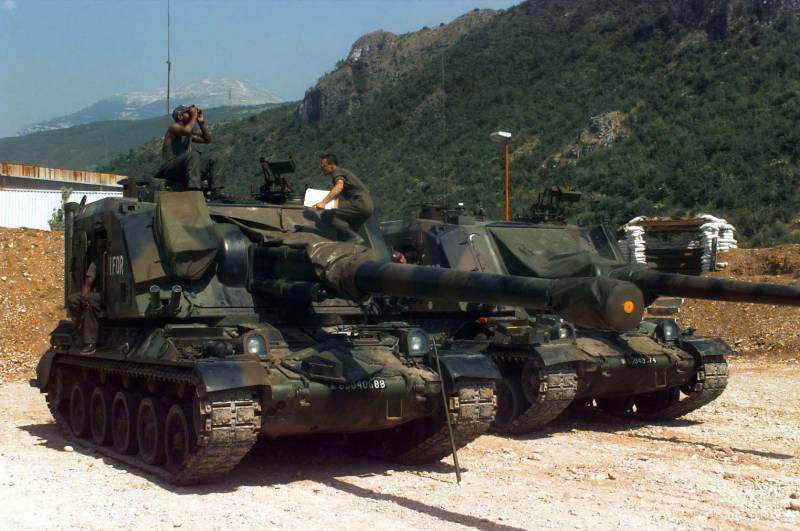
Self-propelled guns AUF-1 during NATO exercises. Photo by US Department of Defense
The protected infantry transport fleet includes approx. 4 thousand units techniques of different classes and types. The most popular are still the rather old VAB armored personnel carriers (about 2 thousand) and VBL armored vehicles (more than 1,5 thousand). In recent years, there have been active deliveries of modern VBMR Griffon armored vehicles - the army has received up to 400 of these vehicles, and deliveries continue.
At the same time, the fleet of combat reconnaissance vehicles is being updated. Up to 40 old ERC-90Ds remain in service, being replaced by modern EBRC Jaguars. The latter delivered at least 24 units.
Anti-tank defense is based on several types of missile systems in self-propelled and portable / transportable versions. Infantry units have a large number of Erix, Milan, Javelin and MMP systems. Milan and MMP products are mounted on self-propelled chassis type VAB - a total of approx. 180 combat vehicles. Military air defense is equipped with Mistral portable air defense systems. There are 12 self-propelled VAB ARLAD systems.
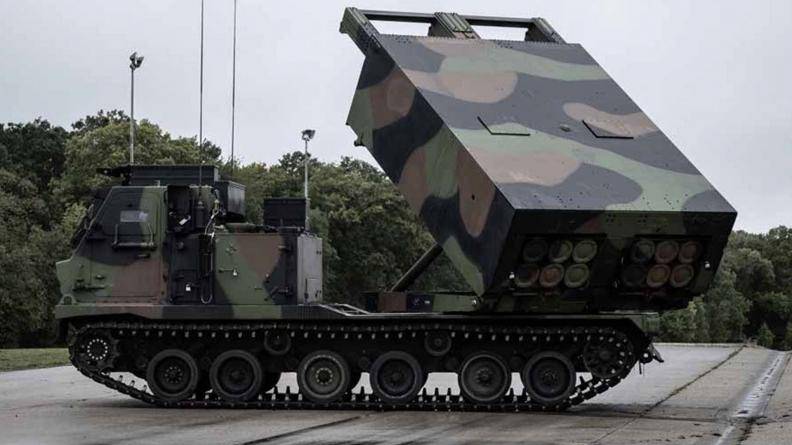
MLRS LRU. Photo by the French Ministry of Defense
The army has a large number of different engineering and auxiliary vehicles on tank and other chassis. At the same time, the number of equipment of each individual class - repair and recovery, mine clearance, etc. - due to the existing size of the army, it does not exceed several dozen.
Artillery is mainly represented by self-propelled systems. In recent years, its main model has become the 155-mm CAESAR howitzer on a vehicle chassis - 58 units. Also, more than 30 AUF-1 self-propelled guns and about a dozen TRF-1 towed guns remain in service. Rocket artillery includes more than a dozen imported LRU vehicles (American M270 MLRS). About 130 mortars of 81 and 120 mm caliber are in operation.
Army aviation has 12-13 light transport aircraft and approx. 340 helicopters for various purposes. Its strike capabilities are provided by 67 Tiger helicopters of two main modifications; AGM-114 missiles are considered the main means of destroying ground targets. There are also more than a hundred AS555UN and SA341F/342M Gazelle multi-role helicopters. The fleet of transport helicopters includes approx. 170 vehicles of different classes, from light H120 (35 units) to heavy H225M (8 units)

Milan ER ATGM on a VBL armored car. Photo by MBDA Systems
Development prospects
Currently, the French Ministry of Defense is implementing a previously adopted program for the development of the armed forces, designed for 2019-25. This document provides for a number of different measures to improve the ground forces, aimed at generally increasing performance and maintaining their ability to solve pressing problems in the future.
The modernization program proposes the improvement of the existing military unit with the formation of some new structures and formations. At the same time, a radical restructuring of troops and their command and control structures is not envisaged. It is planned to continue the implementation and improvement of modern communication and control systems that ensure the independent operation of ground forces and their use as part of NATO contingents.
In order to update the fleet of armored combat vehicles, various projects are being developed and brought to production. Thus, a major modernization of the existing Leclerc tanks is planned. With an eye to the distant future, France became one of the starting participants in the international program for the development of the promising MGCS MBT.
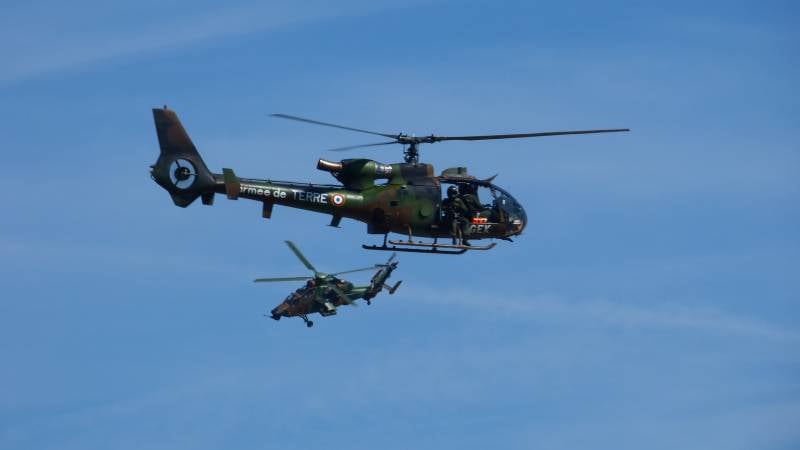
SA341F Gazelle (foreground) and Tiger helicopters of the French Army Aviation. Photo: Wikimedia Commons
In the recent past, the Scorpion program was brought to the production stage. Thanks to this, old armored personnel carriers and armored cars are being replaced by modern Griffon vehicles, and reconnaissance units are mastering the Jaguar BRM. The army has already received a large amount of such equipment, and in the future its number and share in the total fleet will grow. At the same time, the write-off of obsolete samples will continue.
In leading positions
Thus, the French ground forces are among the most numerous and well-equipped in Europe and have the appropriate potential. They are capable of solving various problems both within the country and abroad, incl. in remote regions. If necessary, the French Army can join forces with the armies of allied states and participate in certain events or operations.
However, recent events have clearly shown that even large European armies have insufficient size, equipment and weapons, and ammunition stocks. In addition, they are supported by an underdeveloped defense industry. The French army in general and the ground forces in particular are no exception. It is likely that the Ministry of Defense will take into account current processes and newly identified facts, and on their basis will update the army’s development strategies. What this will lead to will become known only in the long term.
Information